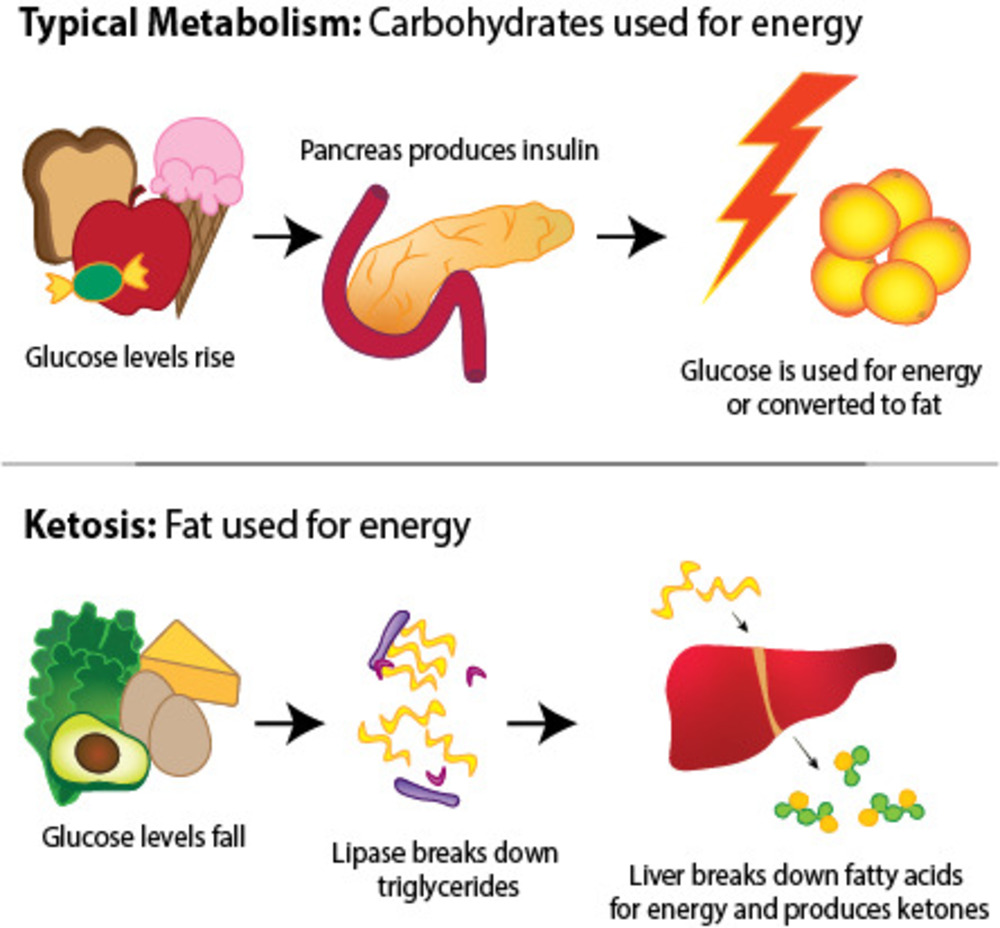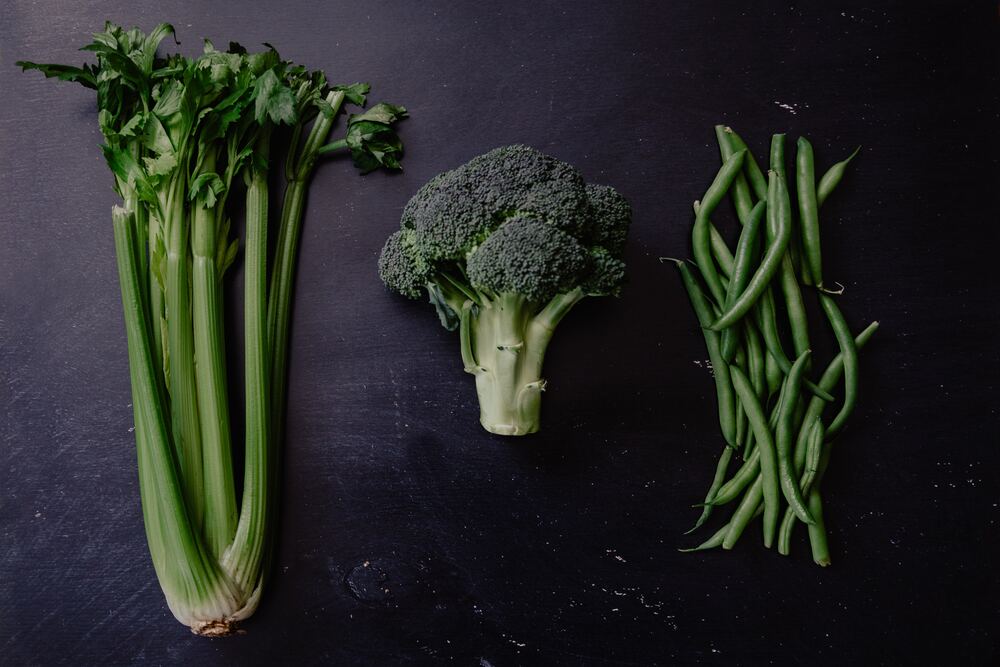The Road to Ketosis: How Long Does it Take to Get Into Ketosis?
The Road to Ketosis: How Long Does it Take to Get Into Ketosis?
Are you thinking of starting a ketogenic diet to promote weight loss, improve mental clarity, or manage a health condition? If so, you may be wondering how long it takes to enter ketosis, the metabolic state where your body burns fat for fuel instead of carbohydrates.
The answer to this question varies depending on a number of factors, including your current diet, level of physical activity, and overall health. However, most people can expect to enter ketosis within 2-7 days of adopting a low-carb, high-fat diet.
How You Enter Ketosis
To enter ketosis, your body needs to deplete its glycogen stores, which are the stored form of glucose in your liver and muscles. When you eat a high-carb diet, your body uses glucose as its primary fuel source. However, when you restrict your carb intake, your body begins to use fat for energy instead.
As your glycogen stores become depleted, your liver begins to produce ketones, which are molecules produced during the breakdown of fatty acids. These ketones can be used by your body as an alternative source of fuel, allowing you to enter and maintain a state of ketosis.
Measuring Ketones
There are several ways to measure your ketone levels, including using urine strips, blood tests, or breath analyzers. These tests can help you determine whether you're in ketosis and whether you need to adjust your diet or lifestyle habits to promote ketosis.
Why Am I Not In Ketosis?
If you're not entering ketosis as quickly as you'd like, there could be a number of reasons why. For example, you may be consuming too many carbs or not enough fat, or you may need to increase your physical activity levels to promote fat burning.
Tips For Getting In Ketosis
To speed up the process of entering ketosis, try the following tips:
Ketosis Foods, Ketosis Meals and Ketosis Meal Plan
To support ketosis, focus on consuming low-carb, high-fat foods such as:
Here's an example of a ketosis meal plan with ketosis meals:
Using a macro tracking app like Salmo can be helpful in ensuring you're sticking to the right ratios of carbs, protein, and fat to promote ketosis.
In conclusion, entering and maintaining a state of ketosis requires commitment and consistency, but the benefits can be significant. By following a low-carb, high-fat diet and making lifestyle adjustments to promote fat burning, you can achieve your health and wellness goals and enjoy the many benefits of ketosis.
Might be interesting -The Ultimate Guide to Tracking Macros on Keto for Effective Weight Loss





